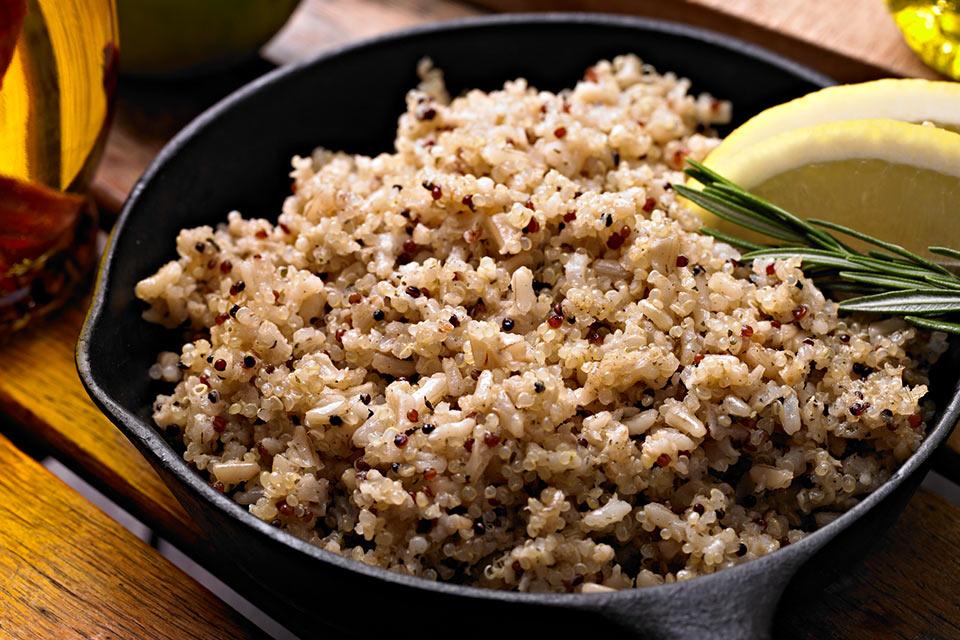While it’s been eaten for thousands of years in South America, quinoa (pronounced keen-waa) has only recently achieved “superfood” status and become one of the most popular health foods in the world, as well as a tasty, gluten-free alternative to rice and other grains. Quinoa is a grain crop that contains edible high-protein seeds and all the essential amino acids we need. NASA is even considering it as a potential crop to grow in outer space — so why not try it today?

Why eat quinoa?
Quinoa is one super grain! It’s packed with magnesium, B vitamins, iron, potassium, calcium, phosphorus, vitamin E and other antioxidants. Like most other grains, quinoa is high in fiber, which helps regulate digestion and enhance heart health.
Quinoa contains large amounts of flavonoids, which are potent plant antioxidants that provide several health benefits. It has a glycemic index of 53, which is considered low and won’t elevate blood sugar levels too quickly. What’s more, quinoa has been shown to improve metabolic health by reducing blood sugar, insulin and triglycerides. It’s also been linked to weight loss and improved overall health.
How to eat quinoa:
Quinoa has a slightly nutty flavor and comes in many color varieties that are easy to add to your diet. It makes a great rice substitute and can be prepared in a similar way.
Rinse one cup of quinoa under cold running water, rubbing slightly with your fingers. Combine the quinoa and two cups of water in a pot. Heat until boiling. Reduce heat and simmer for 15 minutes or until the grains are translucent. Fluff with a fork and use as you would rice — it’s great with stir-fry or cold in a salad. Quinoa can also be eaten as a warm breakfast cereal similar to oatmeal — just add the milk of your choice, maple syrup and some toppings.
